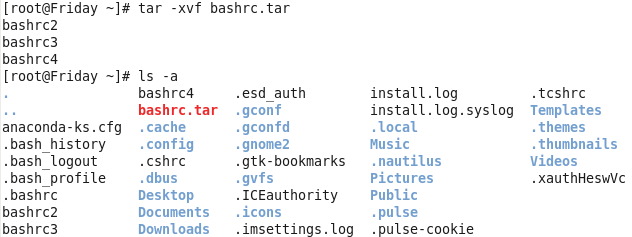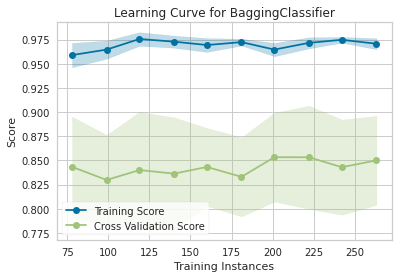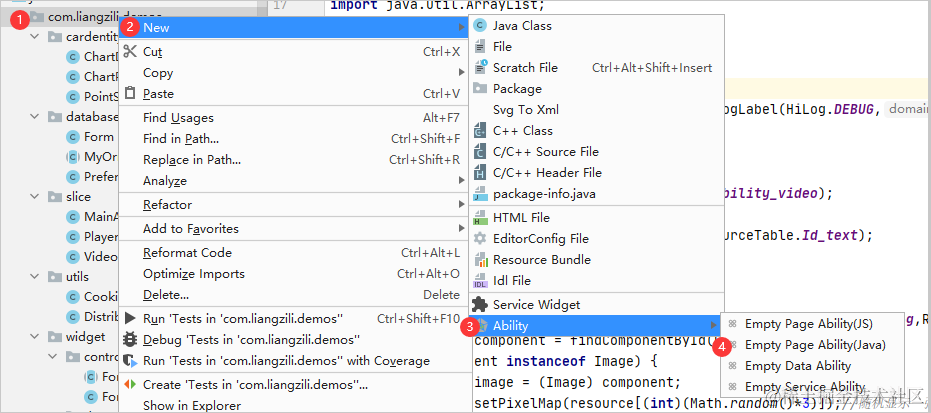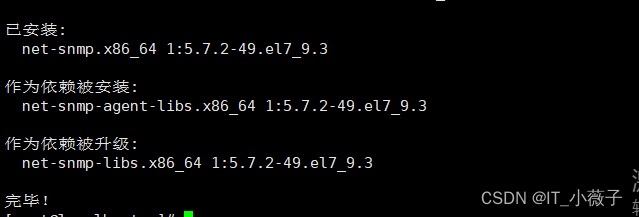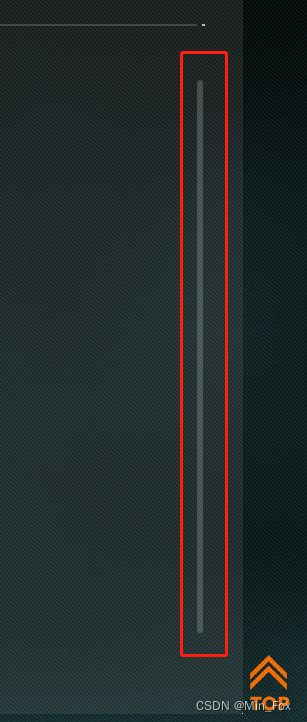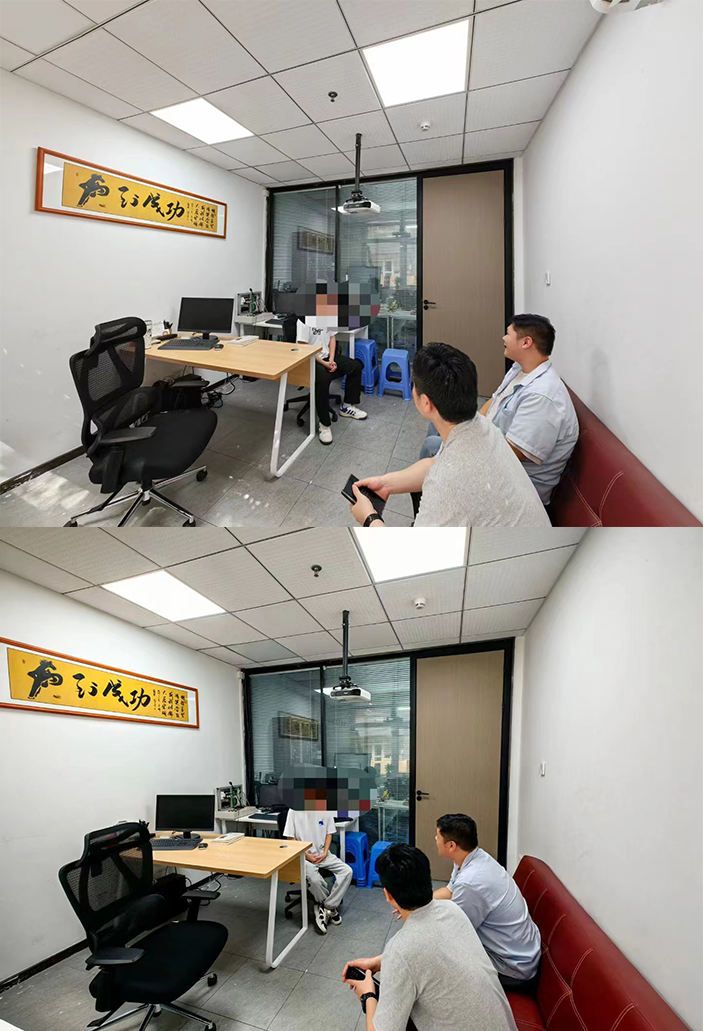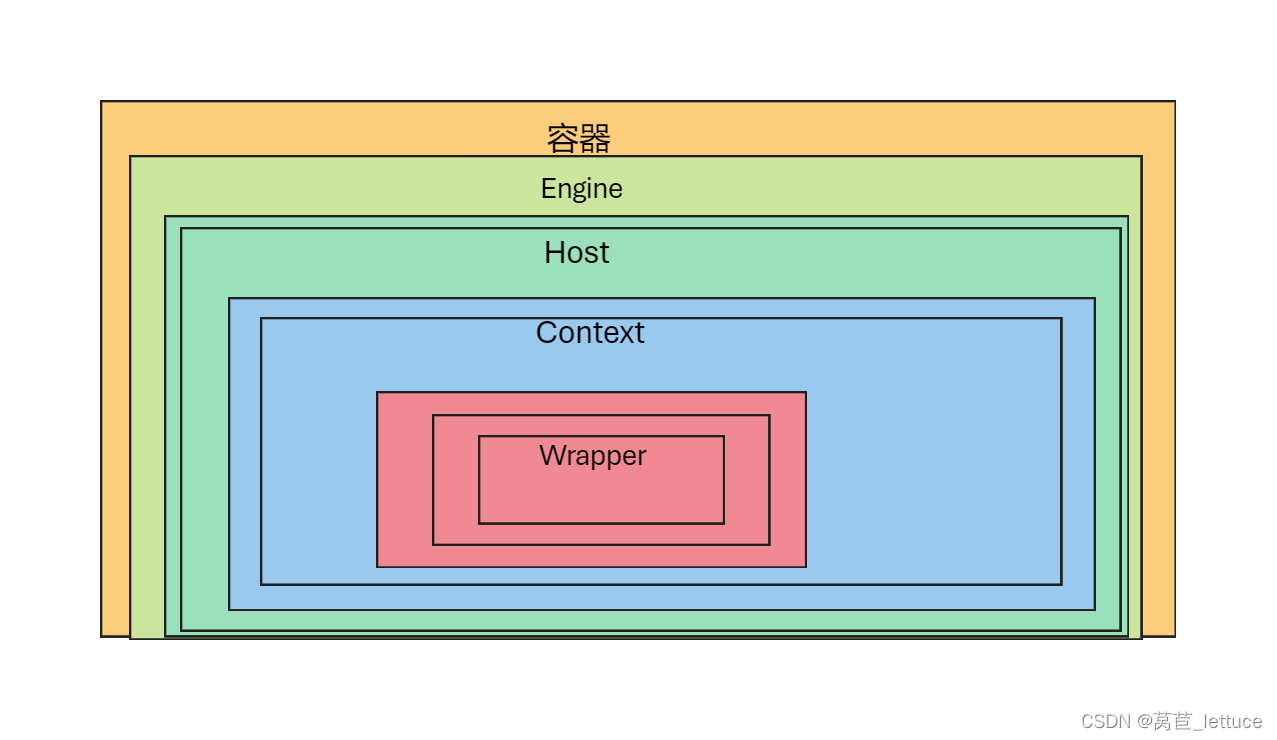Echarts官方文档
1.下载Echarts
项目打打开终端直接通过命令 npm install echarts --save 下载完成后在项目package.json查看。

2.使用Echarts
引入方式有两种全局引入和局部引入
全局引入直接在项目main.js引入放到vue原型上。
import * as echarts from 'echarts'
Vue.prototype.$echarts = echarts;
局部引入创建实例
import * as echarts from 'echarts'
const myChart = echarts.init(this.$refs.echartsZx);
使用echarts需要一个容器有固定的宽高。
<template>
<div>
<div ref="echartsZx" class="echarts"> </div>
<div id="echartsZx" class="echarts"> </div>
</div>
</template>
export default {
mounted() {
// 基于准备好的dom,初始化echarts实例
//ref
const myChart = this.$echarts.init(this.$refs.echartsZx);
//id
const myChart = this.$echarts.init(document.getElementById('echartsZx'));
// 指定图表的配置项和数据
const option = {}
// 使用刚指定的配置项和数据显示图表。
myChart.setOption(option);
}
}
<style lang='scss' scoped>
.echarts{
width: 1000px;
height: 600px;
overflow: hidden;
margin-top: 30px;
}
</style>
3.图表自适应
图表自适应窗口大小主要通过设置监听事件,监听resize事件,当其发生变化后执行echarts对象中的resize()方法。 该方法使用容器宽度也要自适应 比如:width:100% 。
mounted(){
window.addEventListener('resize', function () {
myChart.resize()
})
}


